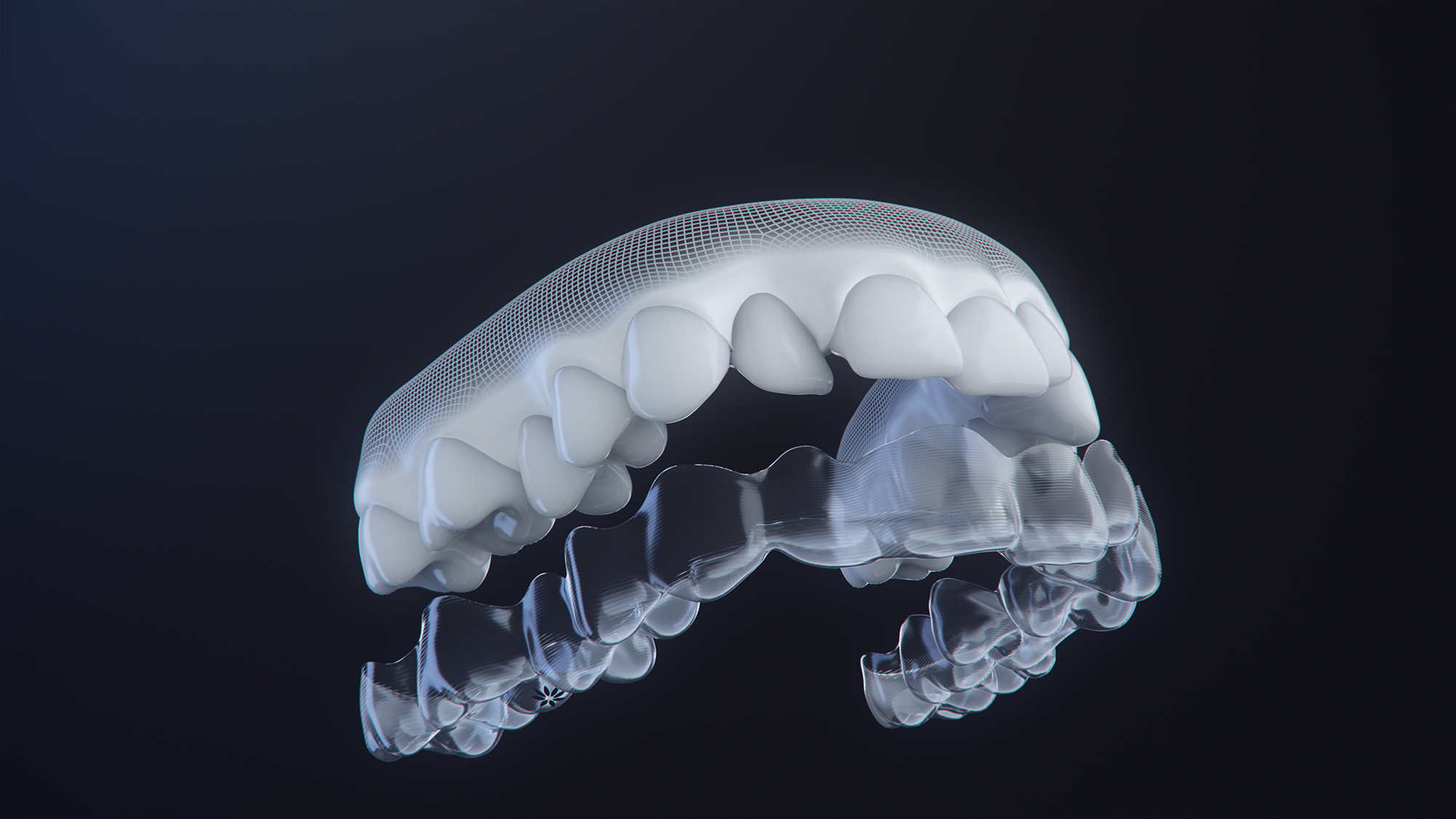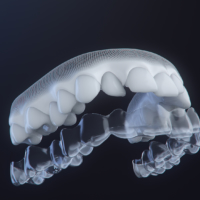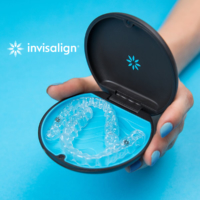Having properly aligned teeth is important not just for appearance but also for overall health and hygiene. Many people consider orthodontic treatment to improve their smile and chewing ability or prevent dental problems. This article explains why teeth alignment matters and explores different treatment options.
Well-aligned teeth help in chewing food properly, which aids digestion and reduces strain on certain teeth. When teeth do not meet properly, it can cause discomfort in the jaw and lead to conditions like temporomandibular joint disorder. Uneven pressure on teeth can also cause excessive wear, cracks or damage, increasing the likelihood of needing restorative dental treatments in the future.
Misaligned teeth may also contribute to headaches and neck pain due to improper jaw alignment, affecting overall well-being. In some cases, severe misalignment can impact breathing, especially during sleep, leading to conditions like sleep apnea.
From a hygiene perspective, straight teeth are easier to clean. Crowded or misaligned teeth create tight spaces where plaque and food particles accumulate, making it difficult to brush and floss properly. This increases the risk of cavities, gum disease and bad breath. Straight teeth allow for better oral hygiene and contribute to overall dental health.

A well-aligned smile plays a significant role in self-esteem and confidence. People who feel good about their teeth are more likely to smile openly, which can enhance their personal and professional interactions. In work environments, a confident smile can help make a great first impression. Additionally, straight teeth contribute to balanced facial aesthetics, which many people find desirable. For teenagers and young adults, orthodontic treatment can improve self-perception, reducing anxiety and increasing social confidence.
There are two common orthodontic treatments: traditional braces and clear aligners. Traditional braces use metal brackets and wires to gradually move teeth into place. This method is highly effective for correcting complex dental misalignments and has been used for decades. Braces do not require daily removal, which can be beneficial for those who may struggle with compliance.
Clear aligners provide a more discreet alternative. These transparent, removable trays gradually shift teeth into alignment. They are less noticeable and can be taken out during meals or when brushing and flossing. This flexibility makes maintaining oral hygiene easier compared to braces. However, aligners must be worn for the recommended number of hours each day to be effective, requiring patient commitment. They may also not be suitable for severe cases of misalignment. Additionally, because they need to be removed when eating or drinking anything other than water, patients must be mindful of when and where they remove them, which may require lifestyle adjustments. Some people may experience temporary discomfort when switching to a new set of aligners, but this is a normal part of the adjustment process.

Consulting a dental professional is the first step in beginning orthodontic treatment. A dentist or orthodontist will assess the alignment of the teeth and recommend appropriate options based on individual needs. Digital scans, photographs or X-rays may be used to create a precise treatment plan. These tools allow for a detailed analysis of the patient’s teeth and jaw structure, helping to identify the best approach for correction.
Once a treatment plan is established, the process begins with either the placement of braces or the creation of custom aligners. Regular checkups are necessary to track progress and make adjustments as needed. Treatment duration varies depending on the complexity of the case, typically ranging from several months to a few years. It is essential to follow all care instructions provided by the orthodontist to ensure best results. Skipping appointments or neglecting proper care can prolong treatment time or affect the outcome. After completing orthodontic treatment, retainers are often recommended to help maintain the new alignment of the teeth and prevent them from shifting back.
Orthodontic treatment is an investment in both health and appearance. Properly aligned teeth contribute to better oral hygiene, improve function and enhance confidence. Whether choosing traditional braces or clear aligners, consulting a specialist ensures the best approach for achieving a healthy and attractive smile. Taking the time to understand treatment options and committing to the process can lead to long-term benefits, making orthodontic care an important decision for individuals of all ages.
With proper care and maintenance, the results of orthodontic treatment can last a lifetime, providing both functional and aesthetic advantages.
This article is sponsored by Align under the supervision of Dr. John Kaku.






